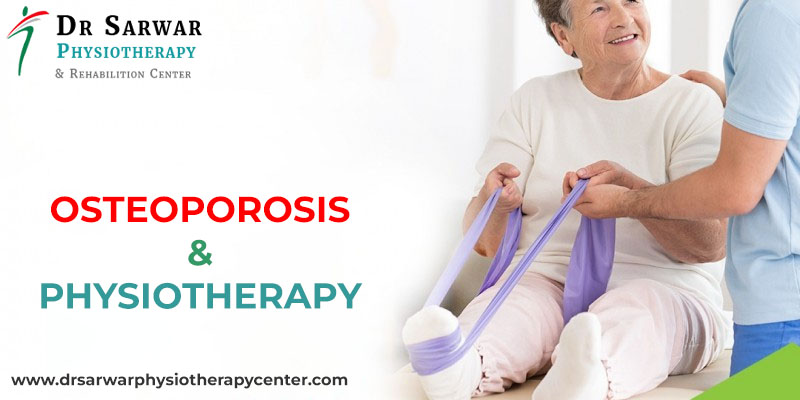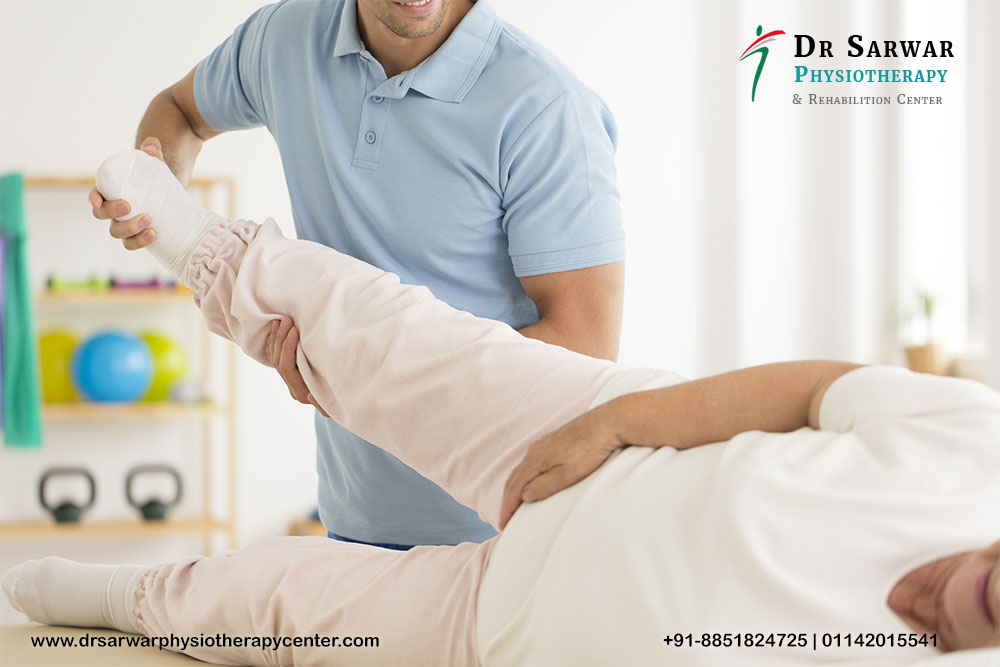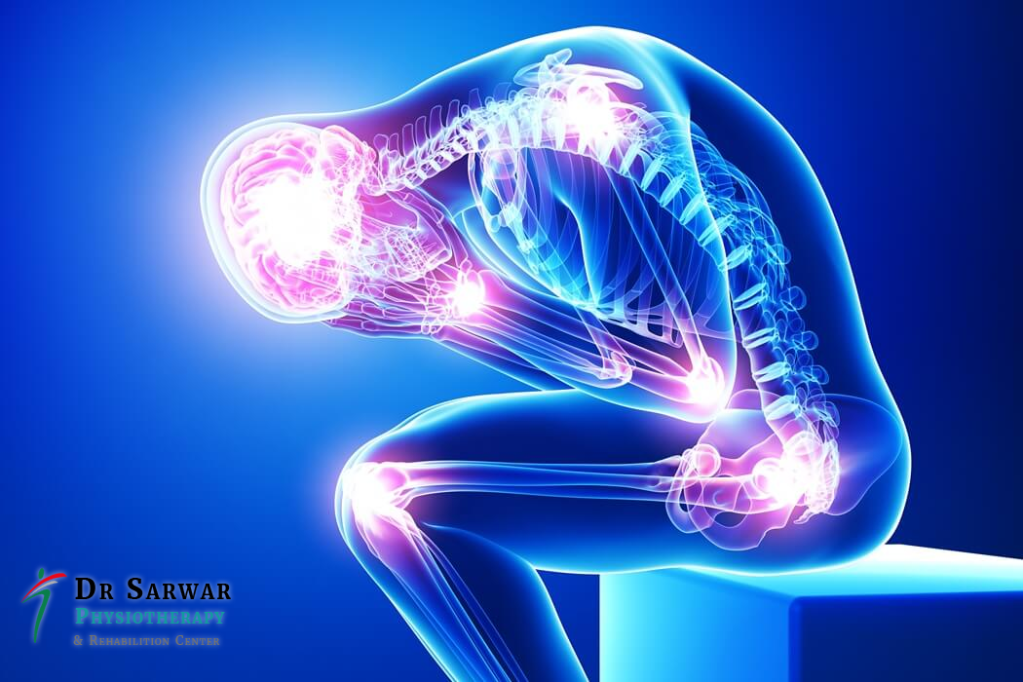Anyone who has experienced pain from a herniated disc bulge will tell you that it is very uncomfortable and painful. However, this problem can be improved with physical therapy for the vast majority of patients. Today, we are going to learn more about herniated discs and how we treat them at physiotherapy clinic in Dwarka.
WHAT IS A HERNIATED DISC?
The bones (vertebrae) that make up the spine in the back are
cushioned by discs. These discs are round, like little pillows, with a tough
outer layer (annulus) surrounding the nucleus. Located between each of the
vertebrae in the spinal column, the discs act as shock absorbers for the spinal
bones.
A herniated disc (also called a bulge, slip, or rupture) is
a fragment of the disc nucleus that is pushed out of the annulus, into the
spinal canal through a tear or rupture in the annulus. Discs that herniate are
usually in an early stage of degeneration. The spinal canal has limited space,
which is inadequate for the spinal nerve and the displaced disc herniation
fragment. Due to this displacement, the disc presses on the spinal nerves,
often producing pain, which can be severe.
Herniated discs can occur anywhere in the spine. The
most common occur in the lower back (lumbar spine), but they also occur in the
neck (cervical spine). The area in which the pain is experienced depends
on which part of the spine is affected.
CAUSES OF DISC HERNIATION
A single excessive strain or injury can cause a herniated
disc. However, the disc material naturally degenerates as we age, and the
ligaments that hold it in place begin to weaken. At this stage, a
relatively minor strain or twisting motion can cause a disc to break.
Certain people may be more vulnerable to disc problems and, as a
result, may suffer from herniated discs in various places along the spine.
HERNIATED DISC SYMPTOMS
Symptoms vary greatly, depending on the position of the
herniated disc and the size of the hernia. If the herniated disc does not
press on a nerve, the patient may experience low back pain or no pain at
all. If you are pressing on a nerve, there may be pain, numbness, or
weakness in the area of the body that the nerve travels to. A herniated
disc is usually preceded by an episode of low back pain or a long
history of intermittent episodes of low back pain.
- Lumbar
spine (lower back): Sciatica often results from a herniated disc
in the lower back. Pressure on one or more nerves that contribute to
the sciatic nerve can cause pain, burning, tingling, and numbness that
radiates from the buttock to the leg and sometimes to the
foot. Usually one side (left or right) is affected. This pain is
often described as a sharp, electrical shock. It may be more severe
when standing, walking, or sitting. Straightening the leg on the
affected side can often make the pain worse. Along with leg pain, one
may experience lower back pain; however, for acute sciatica, leg pain
is often worse than lower back pain.
- Cervical
Spine (Neck): Cervical radiculopathy is a symptom of nerve
compression in the neck, which may include dull or sharp pain in the neck
or between the shoulder blades, pain radiating down the arm to the hand or
fingers, or numbness or tingle. The shoulder or the arm. The
pain may increase with certain positions or movements of the neck.
PHYSIOTHERAPY TREATMENT FOR HERNIATED DISC
The initial treatment for a herniated disc is usually
conservative and non-surgical. The orthopaedic
in Dwarka may advise the patient to maintain a low and painless level
of activity for a few days to several weeks. This helps decrease swelling
of the spinal nerve. Bed rest is not recommended.
A herniated disc is often treated with nonsteroidal
anti -inflammatory drugs if the pain is mild to moderate. In cases
where the pain is more severe, an epidural steroid injection can be performed
using a spinal needle under X-ray guidance to direct the medication to the
exact level of the herniated disc.
One of the most common recommendations made by doctors
is to go to physiotherapy
in Dwarka. The physiotherapist in Dwarka
will perform an in-depth evaluation that, combined with the doctor's diagnosis,
will design a treatment designed specifically for patients with herniated discs. Pain
medications and muscle relaxants may be beneficial along with physical therapy.
At Dr Sarwar Physiotherapy Center in
Dwarka, we will design a physiotherapy program for each patient
based on their clinical presentation, including the history of
their problem, the factors that contributed to the development of the problem,
the behavior of their symptoms and the functional deficits that have
occurred. Therefore, it is impossible to describe a typical physical
therapy treatment for herniated discs, although most programs will include a
combination of some of the following techniques:
- Techniques
to relieve pain.
- Manual
therapy to restore normal range of motion of the spinal joint
- Strengthening
of the core muscles that support the spine.
- Strengthening
of the hips.
- Neural
mobility techniques.
- Stretching
of shortened structures
- Postural
reeducation and ergonomic assessment
- Activity
Modification
- Directional
exercises to restore lost range of motion and control symptoms.
There are many options for physical therapy treatment of herniated
discs. The most important thing is that you make sure you have a
comprehensive evaluation by a physical therapist. At our clinic, we have a
professional team of the best physiotherapist
in Dwarka trained in the most advanced techniques to achieve your
goals.








